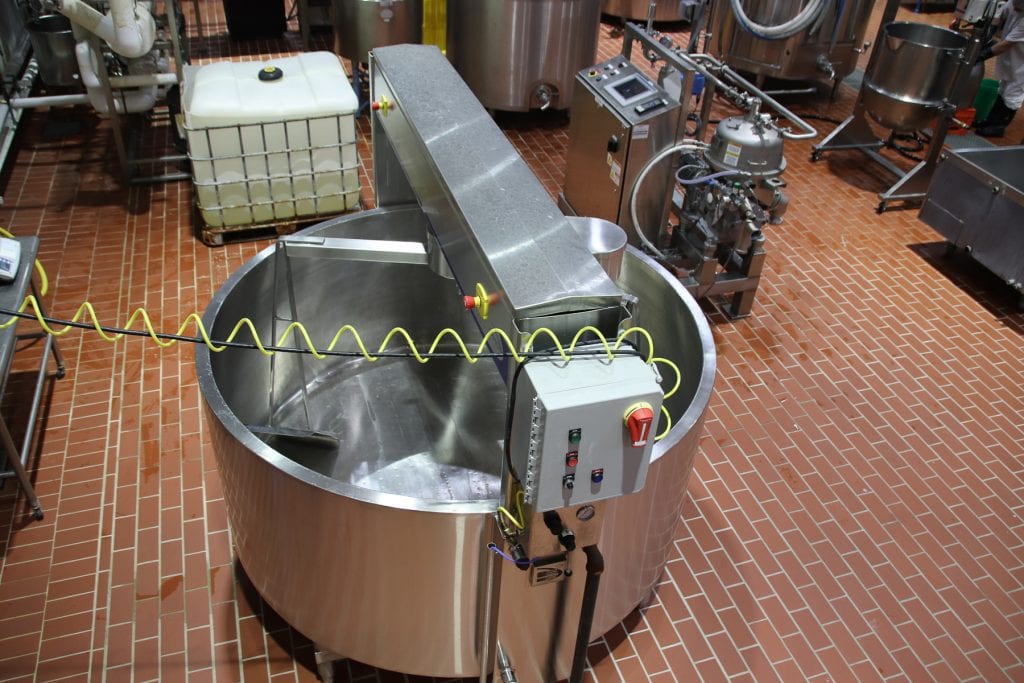By Nicole Martin
Bacterial endospores, or spores, are an important microbial markers in many milk powders, especially in products that will be used in certain products like infant formula. There is no single standard method for enumerating spores in dairy powder that is used across the industry, which can lead to large differences in the spore test results. The basis of spore testing is similar for all methods, a sample of milk powder is rehydrated, heat treated to eliminate all bacterial cells with the exception of spores, plated on microbiological media and then incubated before enumeration. Differences in commonly used heat treatment times and temperatures, plating methods, microbiological media and incubation temperatures ultimately lead to hundreds of possible unique spore tests being used in the dairy industry. This lack of standardization for milk powder spore testing methods leads to considerable challenges for the dairy industry, including; (i) inability to benchmark against industry spore levels; (ii) lack of comparability between laboratories, and; (iii) potential competitive disadvantage against companies using methods that result in lower spore counts. To address these issues, our team evaluated 48 different spore tests on commercial milk powders with the goal of ultimately recommending a set of spore testing methods that would reliably enumerate spores in milk powders. Our analysis identified a set of three spore test methods that were able to reliably enumerate spores in commercial dairy powders. These methods include:
- Mesophilic Spore Count: 80°C/12 min heat treatment followed by spread plating on Plate Count Milk Agar (PCMA) and incubated at 32°C for 48 h
- Highly Heat Resistant Thermophilic Spore Count: 100°C/30 min heat treatment followed by spread plating on PCMA and incubated at 55°C for 48 h
- Specially Thermoresistant Spore Enumeration: 100°C/30 min heat treatment followed by spread plating on PCMA and incubated at 55°C for 48 h
Our research described here was recently published in the Journal of Dairy Science (https://doi.org/10.3168/jds.2020-19313) and provides industry with a practical set of methods that addresses key challenges with milk powder spore testing. To learn more about spore testing in milk powders or to get a copy of this publication email Nicole Martin at nicole.martin@cornell.edu.



